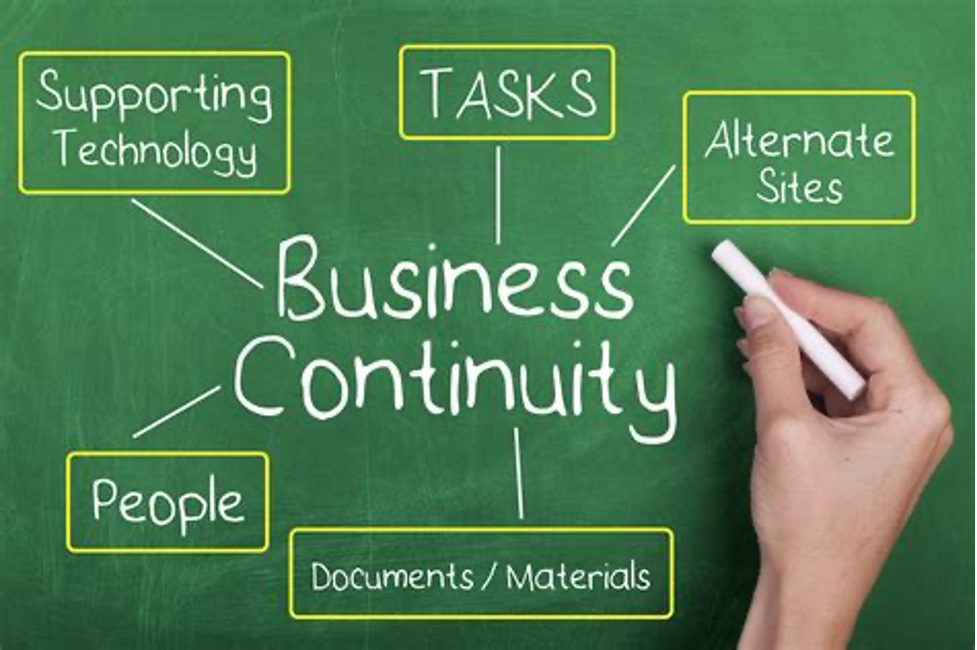With the shift of working habits due to the COVID-19 pandemic and many workers using remote access to work from home, businesses are more reliant than ever on servers and virtual private networks (VPNs). This change of pace has its benefits – it is the perfect opportunity for leadership in your organization to re-evaluate the critical components of your operations and to stay up-to-date with your business continuity plan (BCP), a document that outlines how a business will continue operating during an unplanned disruption in service. It’s more comprehensive than a disaster recovery plan and contains contingencies for business processes, assets, human resources and business partners – every aspect of the business that might be affected.
This can be a game changer when you find yourself affected by unexpected physical or cyber-security incidents.
Top 5 lists to have at your fingertips in the event of a disaster
1) Emergency contact information for management and vendors
Relying solely on a file parked on a desktop as a repository of contact information is a critical mistake. It is vital that you keep a paper copy of this essential information, perhaps combined with a copy in an off-site cloud portal or a drop-box file storage.
2) Command team communications
Having a list of who comprises the decision-making team of your company/organization is fundamental to ensuring continuity. The list must also highlight the phone numbers and conference bridge will you use, and whether you all have laptops and the required internet service at home.
3) Server file/image restore steps
A list showing who knows how to restore your computers from a backup will help reduce confusion. It’s also necessary to consider how the plan would change if your server hardware is hard down. JFI customers are fortunate as they know that they can fall back on a hosted server from JFx Private Cloud as a temporary measure while an on-site server is being rebuilt.
4) Priorities if you are required to operate with minimal staff
Knowing which departments and functions should be prioritized will help service restoration proceed as smoothly as possible. You need to assess what functions you can’t live without and what functions can wait. Knowing restoration time frames is vital to planning. JFI can help with this by simulating a disaster recovery restore afterhours to work through the process.
5) IT asset list
When the dust has settled, how do you know if the restoration has truly been completed? Just Fix IT’s Healthcheck desktop app is part of our Helpdesk Support deployment and gives a central view of all your software and IT hardware networked devices. This has value for an insurance claim and highlights to management which assets are newer and which should be replaced when faced with costly repairs.
JFI IT support services to the rescue
JFI is experienced and responsive in helping customers restore functionality of IT assets such as wifi networks, managed servers, VOIP, as well as maintain data security with a host of cybersecurity tools. We have been helping customers migrate to cloud and equipping them to adapt to hosted servers, managed email, next-gen firewalls and private cloud setups for many years. The following quote from a satisfied JFI customer says it all:
“A perfect example of Just Fix It’s time management prowess is the remote Helpdesk Tool. We can call up Just Fix It; click on the Helpdesk Tool, and within moments a technician is connected right to our computer. Within seconds our issues are being evaluated and repaired. This is opposed to traditional IT support where you often have to wait for a technician to come on site – often a situation that can take hours or days before the support issue can be resolved.” – Michael Deane, Levesque and Deane Law Office
Contact us to discuss testing your backups for disaster recovery readiness and how to document your IT business continuity plan.

